i. sec-Butyl alcohol will undergo alkaline hydrolysis in the polar servent by
a. SN2 , b. SN^(1)<br>c.SN^(1)andSN^(2),d.No≠<br>ii.Whichofthefollow∈gstatementsiscorrect?<br>(A) overset(Aq. KOH)(larr) C_(2)H_(5) Br overset(Alc. KOH)(rarr) (B)<br>a.(A)isobta∈edbyelim∈ationreaction.<br>b.(B)isobta∈edby⊂stitutionreaction.<br>c.(A)isC_(2) H_(6)whi≤(B)isC_(2)H_(6)O.<br>d.(A)isisomerofdimenthyether(B)isdehydratedcompoundof(A).<br>iii.WHichofthefollow∈gwillundergoSN^(2)readiluy?<br><imga≤ocr_imageload∈g=lazysrc=https://d10lpgp6xz60nq.cloudfront.net/physics_images/KSV_CHM_ORG_P2_C11_E01_005_Q01.pngwh=80%mx-autosty≤=background:white;><br>iv.Whichofthefollow∈gwillundergohydrolsismostreadilywithaq.KOH?<br><imga≤ocr_imageload∈g=lazysrc=https://d10lpgp6xz60nq.cloudfront.net/physics_images/KSV_CHM_ORG_P2_C11_E01_005_Q02.pngwh=80%mx-autosty≤=background:white;><br>V.In→wexperimentsequalquantitiesofanalkylhal,(C_(4)H_(9)Cl)weretreatedatthesametemperaturewithequalvoluemesof0.1Mand0.2 MsolutionofNaOH,respectively.Inthetwoexperimentsthetimetakenforthereactionofexactly50%ofthealkylhalwasthesame.THemostlikelystructuresofthehalsis:<br><imga≤ocr_imageload∈g=lazysrc=https://d10lpgp6xz60nq.cloudfront.net/physics_images/KSV_CHM_ORG_P2_C11_E01_005_Q03.pngwh=80%mx-autosty≤=background:white;><br>vi.Whichofthefollow∈gmethodsis¬suitab≤forthepreaparationofRX?<br>a.Halogentaionofalka≠<br>b.ROHandPX_(3)<br>c.ROHandHX<br>d.Alke≠andHX<br>vii.Theheterlyicbonddissociatione≠rgyofthe(C-Cl)bondibv∈ylchloris207kcalmol^(-1)ascompared→191 kcal mol^(-1)∈thecaseof(C-Cl)bond∈C_(2)H_(5)Cl.O≠expla∈ionforthisobservationis:<br>aInC_(2)JHlthebonde≠rgyisdecreasedthroughresonace∈volv∈glo≠pairofoverline(e)'sonchlor∈e.<br>b.Thehyperconjugationstabilsation∈C_(2)H_(5)Cl.<br>c.Inv∈ylchlor,(C-Cl)bond≥ts∂doub≤bondcharacterthroughresonance.<br>d.Inv∈ylchlortheCla→misaached→sp-hybrsedC,whereas∈C_(2)H_(5)Clitisaached→sp^(3)−hybredCa→m.<br>viii.When(Me_(3)C - Cl)isreachedwithNaOMe the major product is
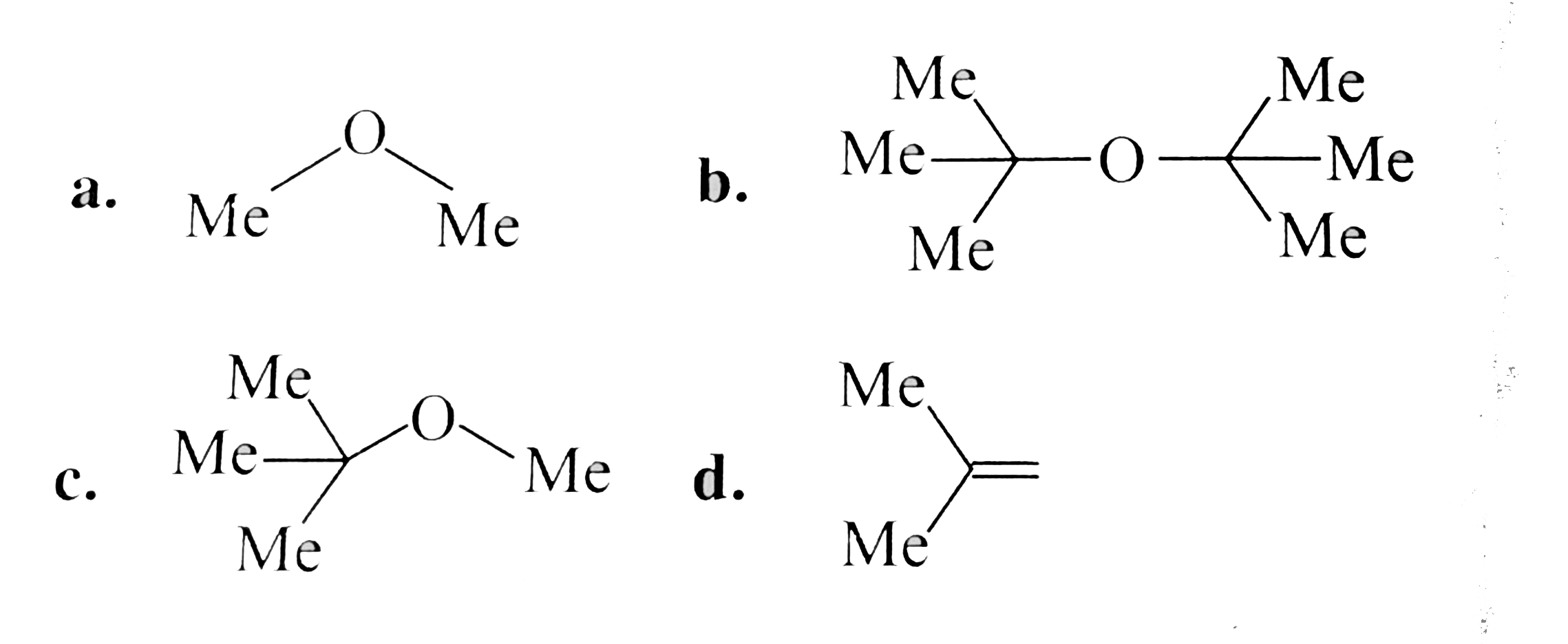
ix. Which of the following would be hydrolsed most readily?
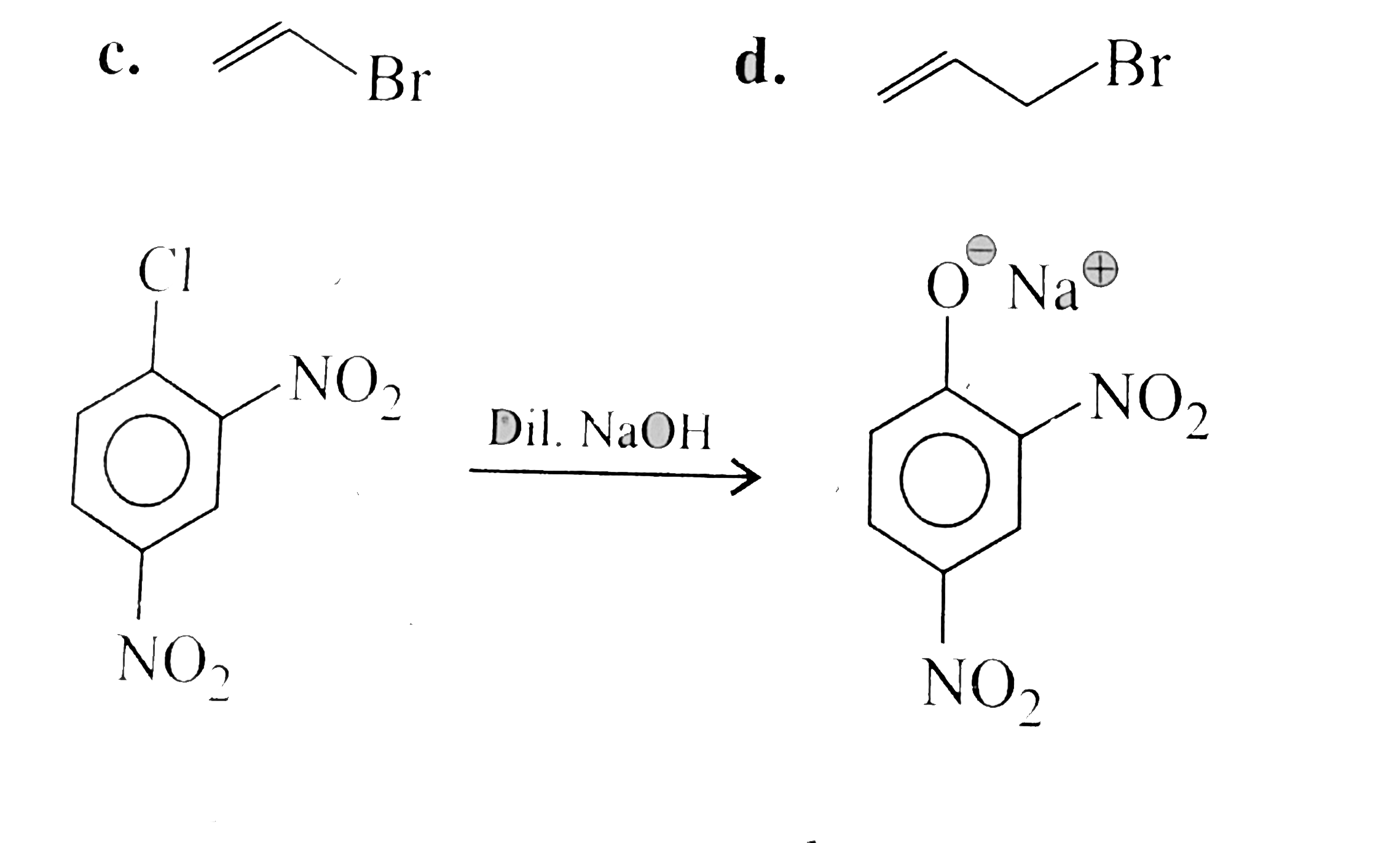
x.
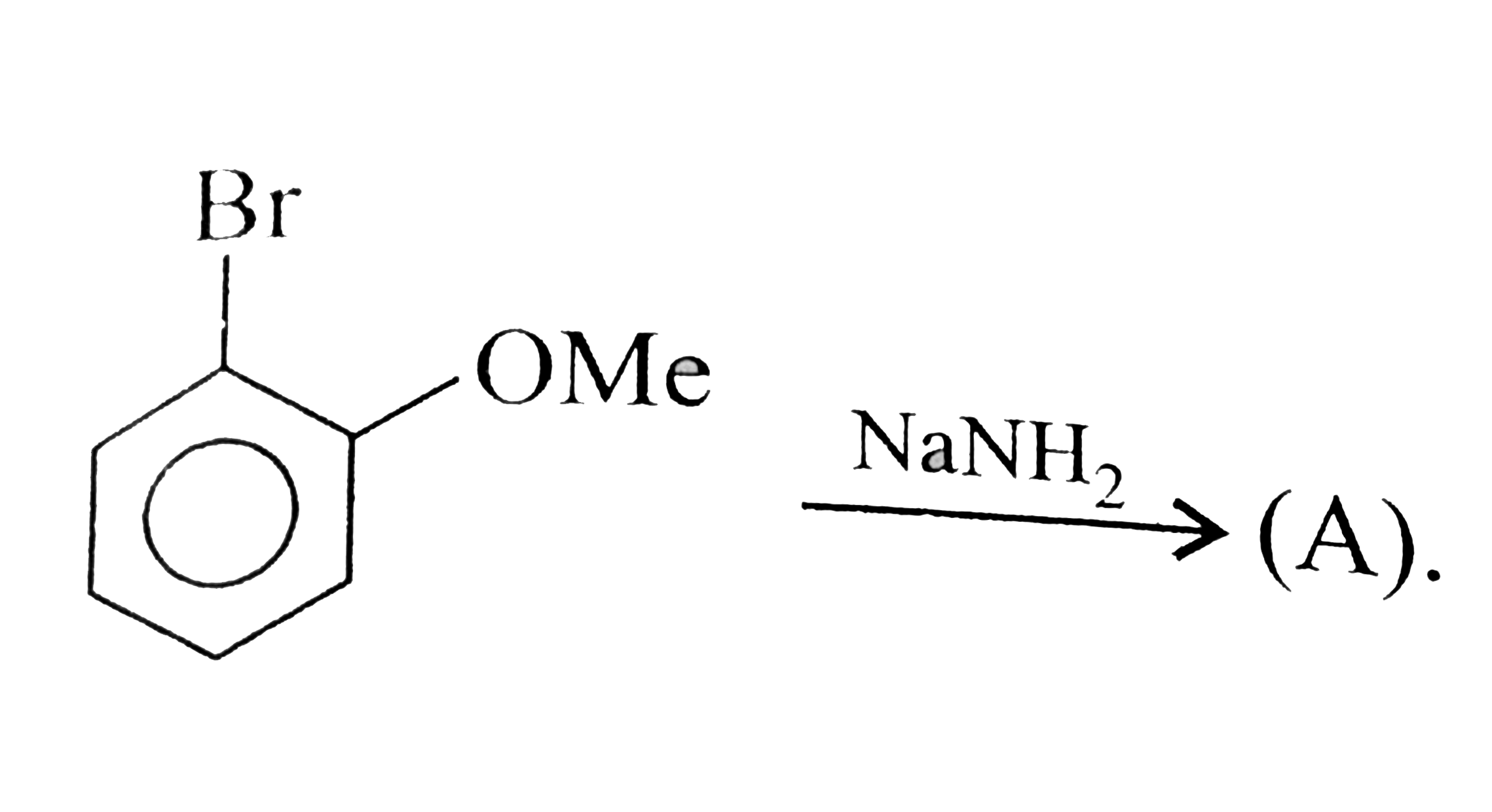
The above reaction proceeds rhrough:
a. Electrophilic additon
b. Benzyne intermediate
c. Activated nucleophilic substitution
d. Oxirane
xi. 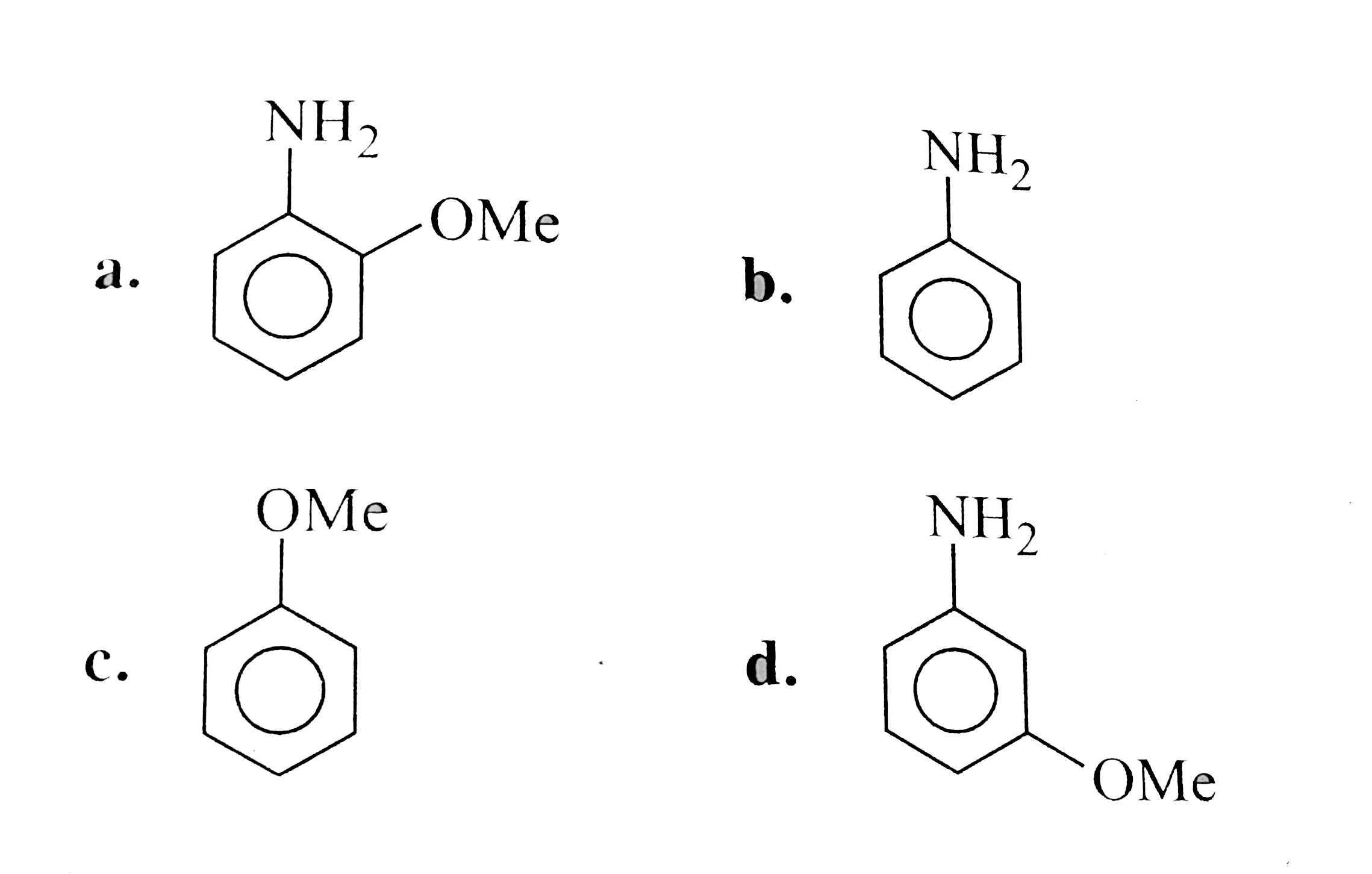
Text Solution
i. b. In polar solvent, 2∘RX undergoes SN1 mechanishm.
ii. D. a. C2H5BrAq.KOH−−−−−→C2H5OH(A)(SN2)
b. C2H5BrAlc.KOH−−−−−→CH2=CH2(B)(E2)
d. Product (A)(C2H5OH) is an isomer of MeOMe
C2H5OHDehydration−−−−−−→CH2=CH2
iii. a. Less hindered C atom proceeds via SN2
b. Three (−NO2) groups at o− and p− positons, so ArSN reaction is faster becuase of −R and −I effects.
v. d. 
Hydrolysis of 3∘RX is indepdent of nucleophilic conventration.
vi. a. 1. R−H+X2HIgh temp.400∘C−−−−−−−−−−−−−→or U. V. lightR−X+HX
It is drasitc method as it requires high temperature or catayst CuCl2.FeCl3,FeBr3. etc.
2. ROH+PX3→3RX+H3PO3
3. ROH+HX→R−X+H2O
4. 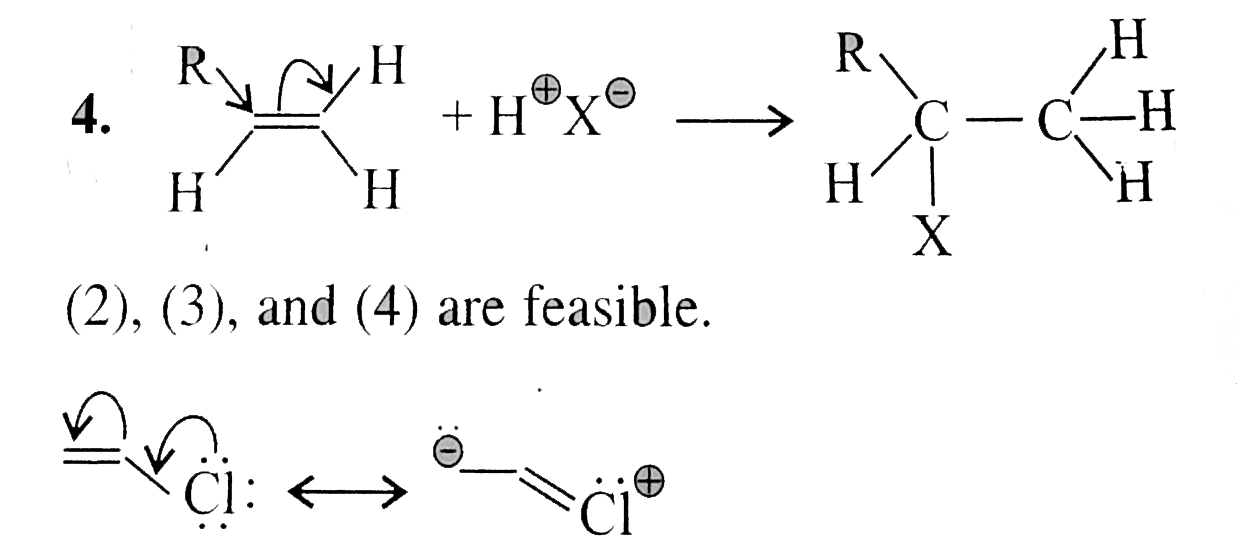
(C=Cl) bond is fomed in vinyl chloride. So its bodn dissociation E is greater than 207kcalmol−1 as compared to 191kcalmol−1 for (C−Cl) bond.
viii. d. 3∘RX with base (NaOMe) undergo elimation reaction to give alkene.
ix. d. Allyl halide undergoes substituyion very easily.
x. c. (−NO2) group at o− and p− positons activates the molecule towards nucleiphillic subbsituaiton by stablising the intermediate carbanion.
xi. d. Reaction proceeds bia benyene mechanism.
|
Updated on:21/07/2023
Topper's Solved these Questions
- BOOK - CENGAGE CHEMISTRYCHAPTER - AROMATIC COMPOUNDS AND ALKYL AND ARYL HALIDES EXERCISE - Exercises Subjective17videos
AROMATIC COMPOUNDS AND ALKYL AND ARYL HALIDES
- BOOK - CENGAGE CHEMISTRYCHAPTER - AROMATIC COMPOUNDS AND ALKYL AND ARYL HALIDES EXERCISE - Exercises Concept Application Type2videos
AROMATIC COMPOUNDS AND ALKYL AND ARYL HALIDES
- BOOK - CENGAGE CHEMISTRYCHAPTER - AROMATIC COMPOUNDS AND ALKYL AND ARYL HALIDES EXERCISE - Solved Problems37videos
AROMATIC COMPOUNDS AND ALKYL AND ARYL HALIDES
- BOOK - CENGAGE CHEMISTRYCHAPTER - APPENDIX INORGANIC VOLUME 2EXERCISE - Short Answer Type179videos
APPENDIX INORGANIC VOLUME 2
- BOOK - CENGAGE CHEMISTRYCHAPTER - BIOMOLECULESEXERCISE - Exercises Archives (Analytical And Descriptive)8videos
BIOMOLECULES
Similar Questions
Knowledge Check
- Question 1 - Select One
Identify A and B in the following reactions
AAq. NaOH −−−−−−→C2H5OHAgOH←−−−BAA=C2H2,B=C2H6BA=C2H5Cl,B=C2H4CA=C2H4,B=C2H5ClDA=C2H5Cl,B=C2H5CL - Question 2 - Select One
A Na ←−−−CH3CH2BrKOH alc. −−−−−−→B.
A and B are respectivelyAC2H4,C2H6BC4H10,C2H4CC4H10,CH3CH2OHDC2H4,CH3CH2OH - Question 3 - Select One
Product – I aq KOH←−−−−C2H5Bralc. KOH−−−−→
Product – II, the correct Statement isAproduct - I is obtained by the elimination reactionBproduct - I is obtained by the substitution reactionCThe molecular formula of Product - I is C2H4, while the molecular formula of Product - II is C2H6ODProduct -I is the isomer of dimethyl ether, while product -II is the dehydrated compound of product-I
(C6H12)HCl−−→B(C6H13Cl)+(C)
(B)Alc.KOH−−−−−→(D) [isomer of (A)]
View SolutionIn the following sequence of reactions,
CH3CH2CH2BrKOH(Alc)−−−−−−→ (A) HBr−−→ (B) KOH(aq)−−−−−→ (C ) The product (C) isView SolutionThe compound (A) in the following reaction sequence is
(A)PCl5−−→ (B) Alc.KOH−−−−→ (C )H2/Ni−−−→ Propane.View SolutionIdentify A,B,C in the following reaction :
CH3COCH3H2/Ni−−−→ASOCl2−−−→BKOH/alc.−−−−−−→CView SolutionIn the following sequence of reactions,
CH3CH2CH2BrKOH(Alc)−−−−−−→ (A) HBr−−→ (B) KOH(aq)−−−−−→ (C ) The product (C) isView Solution

